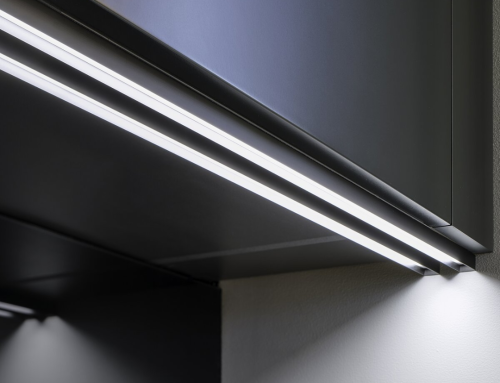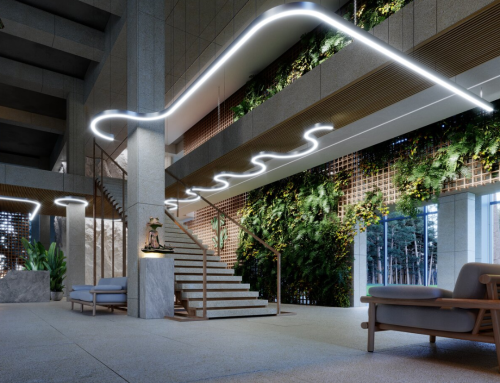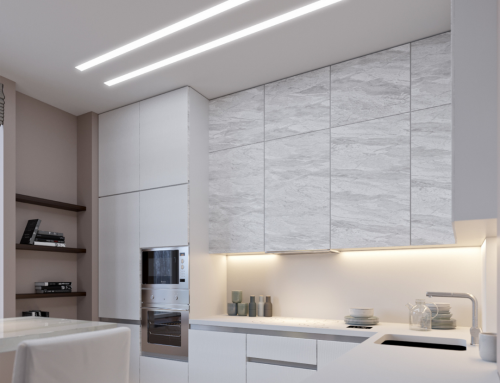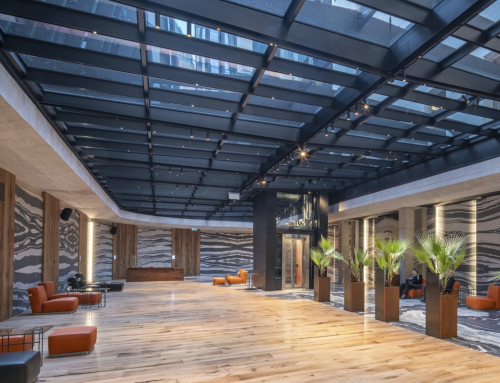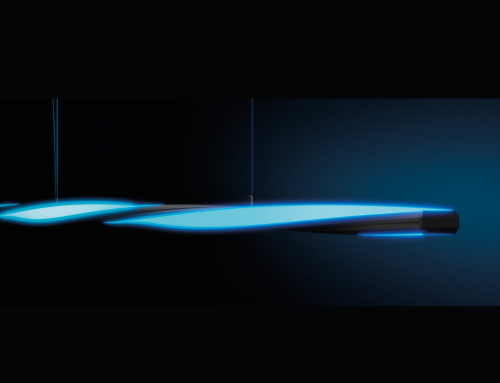The requirements for IP rating can vary greatly depending on the state the project is in and the specific customer. For most customers, all the information online can lead to further confusion with particle sizes, water depths, and exposure times making the decision on what IP rating to choose more difficult than it needs to be. The purpose of this article, we hope, is to give examples of how KLUS sees our extrusions, diffusers, and LED strips should be used so that those looking for guidance can use our experience to point them in the right direction for any project!
KLUS products are split into some varying ratings: IP20, IP52, IP65, and IP67.
IP20 is for indoor projects that have minimal or no protection when you are using a KLUS LED strip in a location by itself (no KLUS extrusions, diffusers or end caps). For example, some cabinetry lighting and simple work area task lighting can be done in IP20.
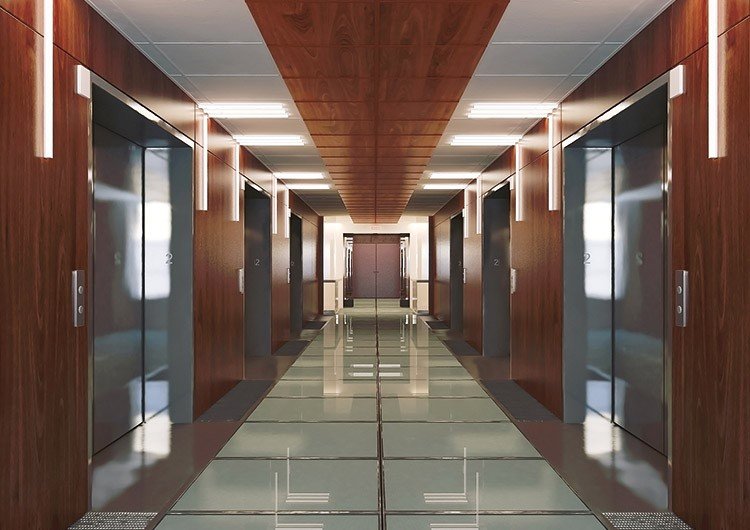
IP52 rating can be applied to project situations that are indoor lighting in which a protection from dust laying directly on the LED tape itself is a concern. Dust alone, sitting and building up on LED strips and their components can cause an increase in heat and can deteriorate the life of the LED itself. KLUS extrusions used in conjunction with their diffusers, end caps and incorporating a KLUS IP20 LED strip inside will very easily provide you that IP52 rating that can sit in dust collecting coves, work areas, and general lighting areas while providing the protection needed to prolong the life of your valued KLUS LED lighting investment.
IP65 is for projects that fall anywhere in between IP52 and IP67 and is considered “splash proof”. This includes damp locations or locations that need higher water ingress protection. This is accomplished using KLUS waterproof LED tape (either silicon tube of gel coated options) by itself or in an unsealed or field sealed extrusion. Examples of this kind of project would be an outdoor patio that Is otherwise protected against direct rainfall, outdoor Linear Canopy Lighting, or even over a shower.
IP67 is only for fixtures which are fully factory built and sealed by KLUS that use waterproof LEDs and silicone sealing gel to seal the end caps and lens to create a complete ETL listed KLUS product. This form of fixture is being used in high water contact projects where direct rainfall or water may temporarily sit on the fixtures for a short period until the area has dried, for example: in driveways, bath/shower walls inside the shower tile, outdoor stair treads, and in floors or other locations that will be mopped or sprayed clean.
A good way to evaluate the difference between IP65 and IP67 and which may be needed for a given project is to evaluate the area and what it may face from the direct environment, take our KLUS HR-LINE extrusion, this product, when correctly assembled and sealed can reach IP67 and is meant to be recessed into the ground to be walked and driven over.
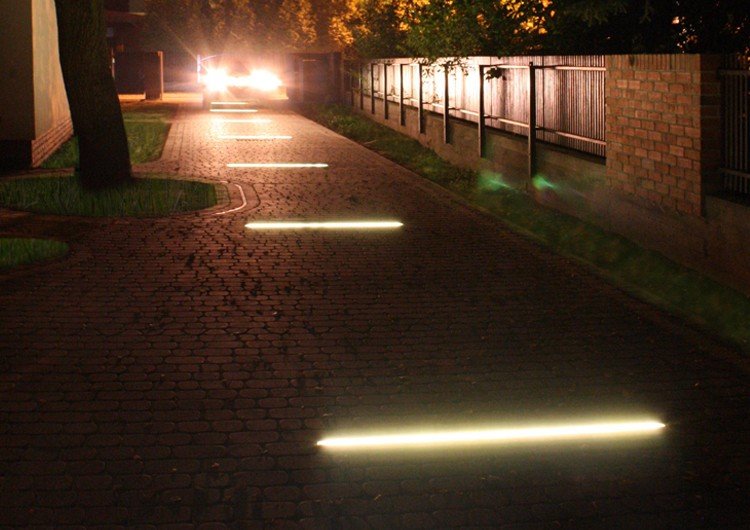
Because it is on the ground there is the potential that it is in contact with water for a longer period of time than say, an IP65 fixture being used on the wall in a bathroom shower, which may only occasionally receive splashing or steam.
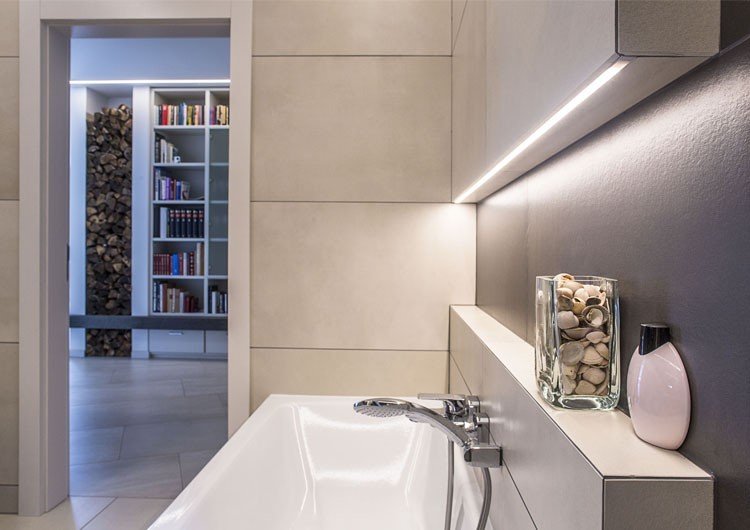
It is also important to note that in order to guarantee IP67 for an LED fixture, it needs to be fully factory assembled by KLUS before it is shipped out. IP67 can be reached with field-built fixtures but the IP rating at that point will depend entirely on the skill level and familiarity with the KLUS product line.

